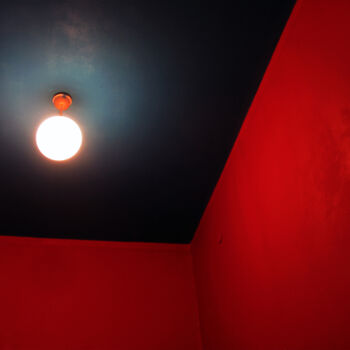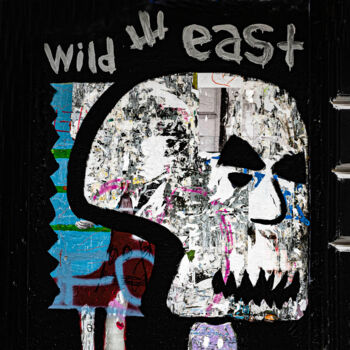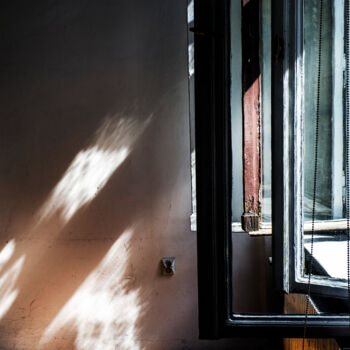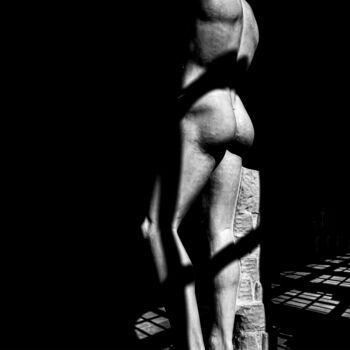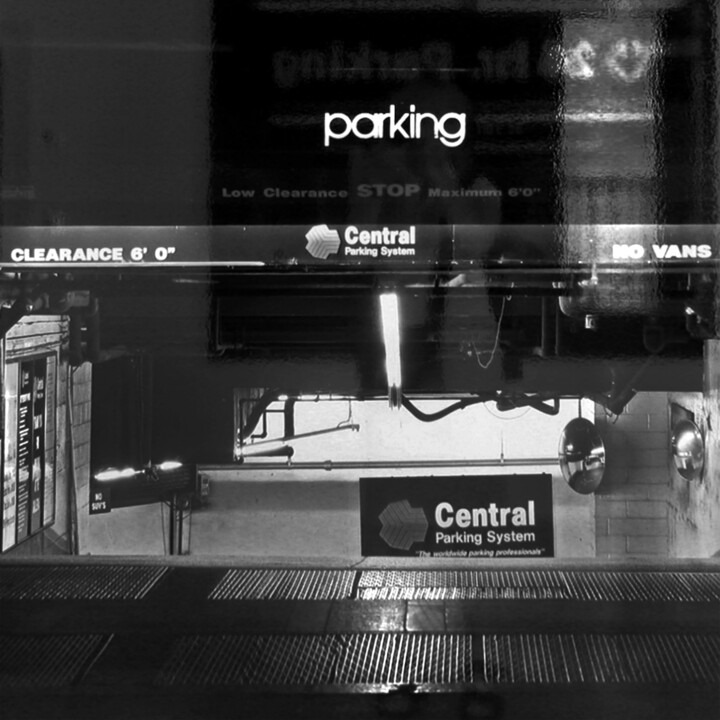

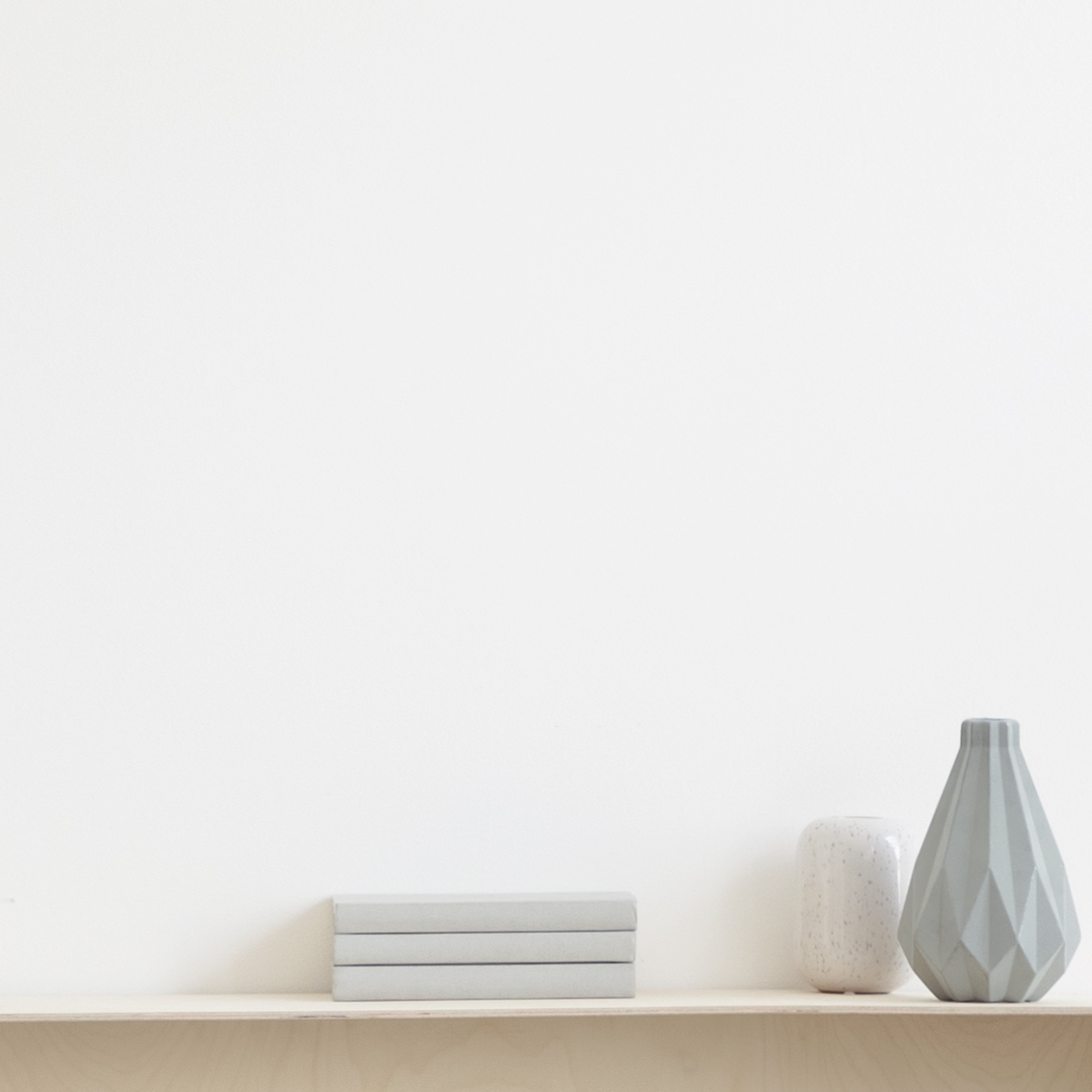
Faites-nous savoir si vous souhaitez voir plus de photos de cette œuvre !
- Arrière de l'oeuvre / Côté de l'oeuvre
- Détails / Signature / Surface ou texture de l'œuvre
- Oeuvre en situation, Autre...
PARKING # 49. FROM THE SERIES: STREET (2007) Photographie par Marta Lesniakowska
Plus d'info
- Emballage (Boîte ou emballage en carton) Toutes les œuvres sont expédiées soigneusement protégées et assurées, avec un transporteur premium.
- Suivi Suivi de commande jusqu'à la livraison à l'acheteur. Un numéro de suivi vous sera fourni afin que vous puissiez suivre le colis en temps réel.
- Délais Livraison dans le monde entier en 3 à 7 jours (Estimation)
- Douanes non incluses Le prix ne comprend pas les frais de douane. La plupart des pays n'ont pas de taxe à l'importation pour les œuvres d'art originales, mais vous devrez peut-être payer la TVA réduite. Les frais de douane (le cas échéant) sont à calculer à l'arrivée par le bureau de douane et seront facturés séparément par le transporteur.
Plus d'info
- Certificat d'authenticité en ligne traçable Les certificats d'authenticité peuvent être vérifiés en ligne à tout moment en scannant le code de l'oeuvre.
- Certification de la cote artiste Les experts étudient l'œuvre et la carrière d'un artiste puis établissent une cotation moyenne indépendante et fiable. La cotation moyenne permet de situer l'artiste sur une gamme de prix pour une période donnée. Les experts peuvent également être sollicités pour établir une estimation plus précise pour une œuvre en particulier.
Plus d'info
Paiement 100% sécurisé avec un certificat SSL + 3D Secure.
Plus d'info
-
Œuvre d'art originale (One Of A Kind)
Photographie,
Photographie numérique
/
Photographie non manipulée
sur Papier
- Dimensions Hauteur 15,8in, Largeur 15,8in
- État de l'œuvre L'oeuvre est en parfait état
- Encadrement Cette oeuvre n'est pas encadrée
- Catégories Photographies à moins de 5 000 $US Street Art Ville
Ale „Parking #49” ma także inne konteksty. To, o czym opowiada, jest obrazem współczesnego miasta i kultury konsumpcji, której reprezentacją jest centrum handlowe i jego wierny odpowiednik, podziemny garaż. Tutaj, jak zauważył T.J. Clark, konsumpcja i rozrywka łączą się wytwarzając formy towarzyskości nowej ery. Te miejsca (wraz z hotelem), pozbawione wyróżniających cech, są więc specyficznymi znakami rozpoznawczymi w przestrzeni miasta, będąc zarazem krytycznym komentarzem kultury konsumpcji jako współczesnej rozrywki. (ml)
"Among the many ways of combating nothingness, one of the best is photography..." (Julio Cortázar, The Babe of Summer). In street photography, it is the randomness, the momentary that decides, problematising each time Henri Cartier-Bresson's theory of the decisive moment when the photographer's eye is able to perceive the composition in space and freeze the unique moment when I intuitively press the shutter. I photographed the entrance to the underground car park using a filmic subjective camera technique (point-of-view shot): the central, strictly axial frame is a record of the driver's point of view, which is mediated by the viewer as the subject of the gaze. The seemingly banal fragment of the city reveals the play of light and dark, the relationship between sharp and blurry, the interpenetration of images and their equivalence, which brings out the existence of parallel worlds resulting from the splitting of reality, its duality, as Jean Baudrillard puts it. This reveals the essence of the image, when "underneath the revealed image there is another image, more faithful to reality, and underneath this image there is yet another, and underneath this again another, until the true image, the absolute mysterious reality that no one will ever see, perhaps only after the unfolding of each image, of each reality" (Michelangelo Antonioni on his film 'Blow up'). So, as in my other work, here I am engaged in a metamodern dialogue with the modernist aesthetic of film noire and its dark atmosphere, as well as with the master of 20th-century street photography Saul Leiter.
But 'Parking #49' also has other contexts. What it is about is a depiction of the contemporary city and the culture of consumption, of which the shopping mall and its faithful counterpart, the underground garage, are a representation. Here, as T.J. Clark has noted, consumption and entertainment combine to produce forms of new age sociability. These places (along with the hotel), devoid of distinctive features, are thus specific landmarks in the urban space, being at the same time a critical commentary on the culture of consumption as contemporary entertainment. (ml)
Collector's digital photography, b/w. Digital print on Hahnemühle Photo Rag Baryta 315g (semi-flash), archival paper, acid-free, signed on the front and on the reverse , dated 2007/ print 2022 life time print. Format: 40x40 cm in the light of the image, aper format 50X50 cm. Certificate of Authenticity. Archived file: IMG_0049=.raw
Marta Lesniakowska est une artiste photographe mais aussi, en même temps, historienne et critique d'art, elle fait des recherches sur la culture visuelle. C'est ce qui détermine son approche de la photographie : une stratégie du "regard qui se souvient", qui rappelle des images familières de l'histoire de l'art afin de les transmettre/intertextualiser. Son dialogue avec eux consiste à ce qu’elle se demande s'il est possible d'évoquer leurs significations et ce qu'ils sont ou peuvent être aujourd'hui. Elle est fasciné par la lumière - son rôle dans la construction de l'image, le parergon qui crée l'image. C'est pourquoi, dans la photographie de rue, elle analyse le jeu de la lumière et de l'obscurité, la relation entre le net et le flou et l'interpénétration des images comme des réalités simultanées. De cette façon, elle fait ressortir le caractère mystérieux de la ville, en se référant à l'esthétique du cinéma noir et au maître de la photographie de rue du XXe siècle, Saul Leiter.(ml)
Lorsque elle photographie, rien n'est plus ou moins important pour elle ; son regard est souvent régi par les principes des poètes minimalistes : une économie de détails, la découverte de sous-textes et d'insinuations cachés dans des objets invisibles et des morceaux de la réalité quotidienne.
Marta Lesniakowska vit et travaille en Pologne. Ses œuvres font partie de collections publiques (Musée national de Wroclaw, Musée de Bydgoszcz) et de collections privées (Pays-Bas, Danemark, Allemagne, Suède, Suisse, États-Unis).
-
Nationalité:
POLOGNE

- Date de naissance : date inconnue
- Domaines artistiques: Oeuvres d’artistes professionnels,
- Groupes: Artiste professionnel Artistes Contemporains Polonais




